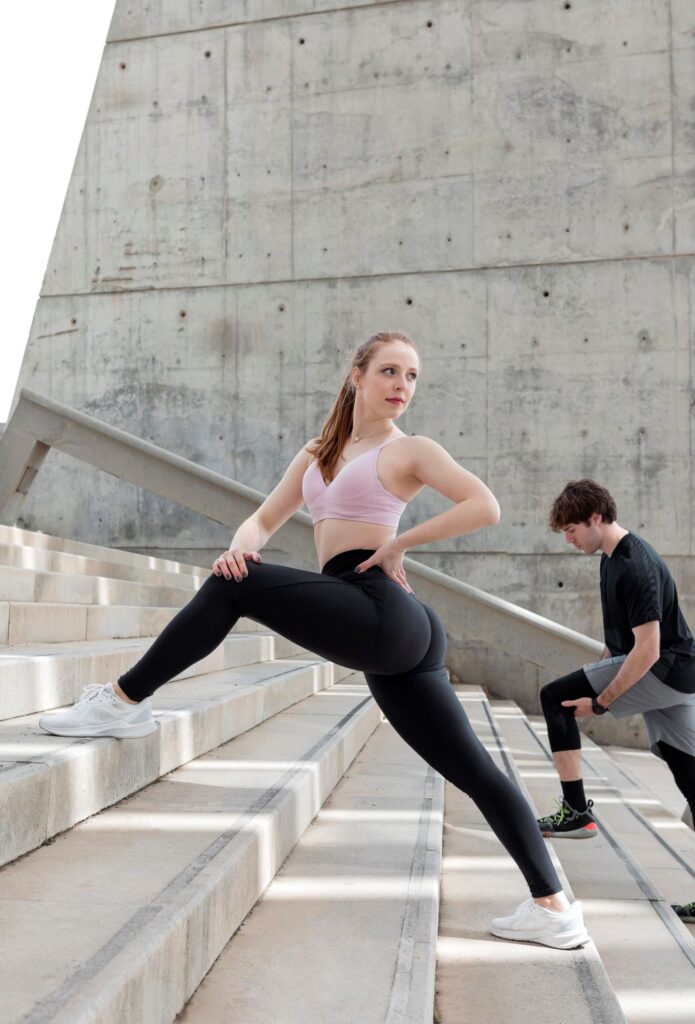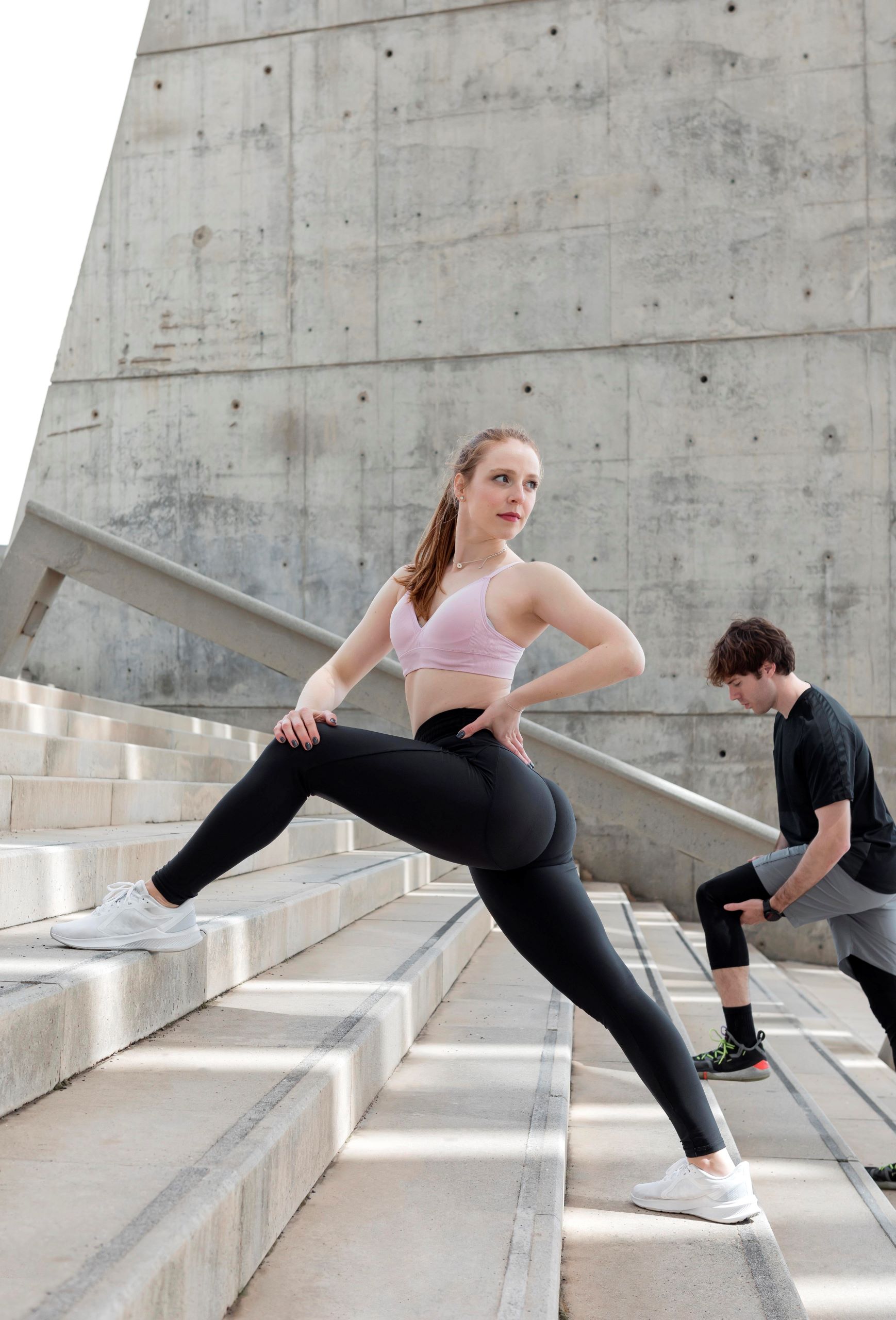Post-Physical Therapy Reconditioning
Recovering from an ACL (anterior cruciate ligament) injury can be challenging, and even after a structured physical therapy reconditioning program, the recovery journey is not over. A proper fitness program will go a long way toward regaining strength, mobility, and confidence. This blog post outlines a comprehensive ACL injury recovery program after physical therapy, including references and video links to guide you through each rehabilitation phase.
Introduction
The ACL is a ligament in the knee that helps stabilize the joint. Injuries to the ACL are common, especially among athletes, and often require surgical reconstruction followed by a rigorous rehabilitation program. This program aims to restore knee function, prevent further injury, and enable a return to pre-injury activities.
Phase 1: Immediate Post-Op (0-2 Weeks)
Goals:
- Protect the graft
- Reduce swelling and minimize pain
- Restore patellar mobility
- Achieve full extension and gradually improve flexion
Interventions:
- Swelling Management: Ice, compression, elevation, and retrograde massage
- Range of Motion/Mobility: Patellar mobilizations, ankle pumps, heel slides, and quad sets
- Weight Bearing: Use crutches and a brace as recommended by your physician
Video Link: ACL Injury Rehab (Phase I)
Phase 2: Early Motion and Muscle Reactivation (2-6 Weeks)
Goals:
- Minimize knee stiffness
- Regain muscle contraction
- Improve range of motion
Interventions:
- Exercises: Heel props, straight leg raises, hip abduction, wall slides, and seated flexion hangs
- Balance Training: Weight shifts front and back
Video Link: ACL Reconstruction Rehab (10 Stages of Exercises)
Phase 3: Strengthening and Proprioception (6-12 Weeks)
Goals:
- Enhance muscle strength
- Improve proprioception and balance
- Increase functional mobility
Interventions:
- Strength Training: Squats, lunges, step-ups, bridges, and hamstring curls
- Proprioception Exercises: Single-leg stands, balance board exercises
Video Link: Anterior Cruciate Ligament (ACL) Rehab: Education, Exercises, and Mistakes to Avoid
Phase 4: Advanced Strengthening and Plyometrics (3-6 Months)
Goals:
- Build advanced strength
- Incorporate plyometric exercises
- Prepare for return to sport
Interventions:
- Plyometric Training: Jumping drills, box jumps, and agility exercises
- Sport-Specific Drills: Cutting and pivoting drills, progressive single-leg loading
Video Link: ACL Rehab: Complete Guide from Injury to Recovery
Phase 5: Post-Physical Therapy Return to Sport (6-9 Months)
Goals:
- Ensure knee stability and strength
- Safely return to sports activities
- Prevent re-injury
Interventions:
- Functional Drills: Sport-specific movements, multi-directional drills
- Strength Maintenance: Continue with strength and conditioning exercises
Video Link: Everything you need to know about ACL Rehab
Knee Stability and Strength Exercises
Strengthening and stabilizing your knees is crucial for overall leg health and injury prevention. Here are some practical exercises using various equipment and settings:
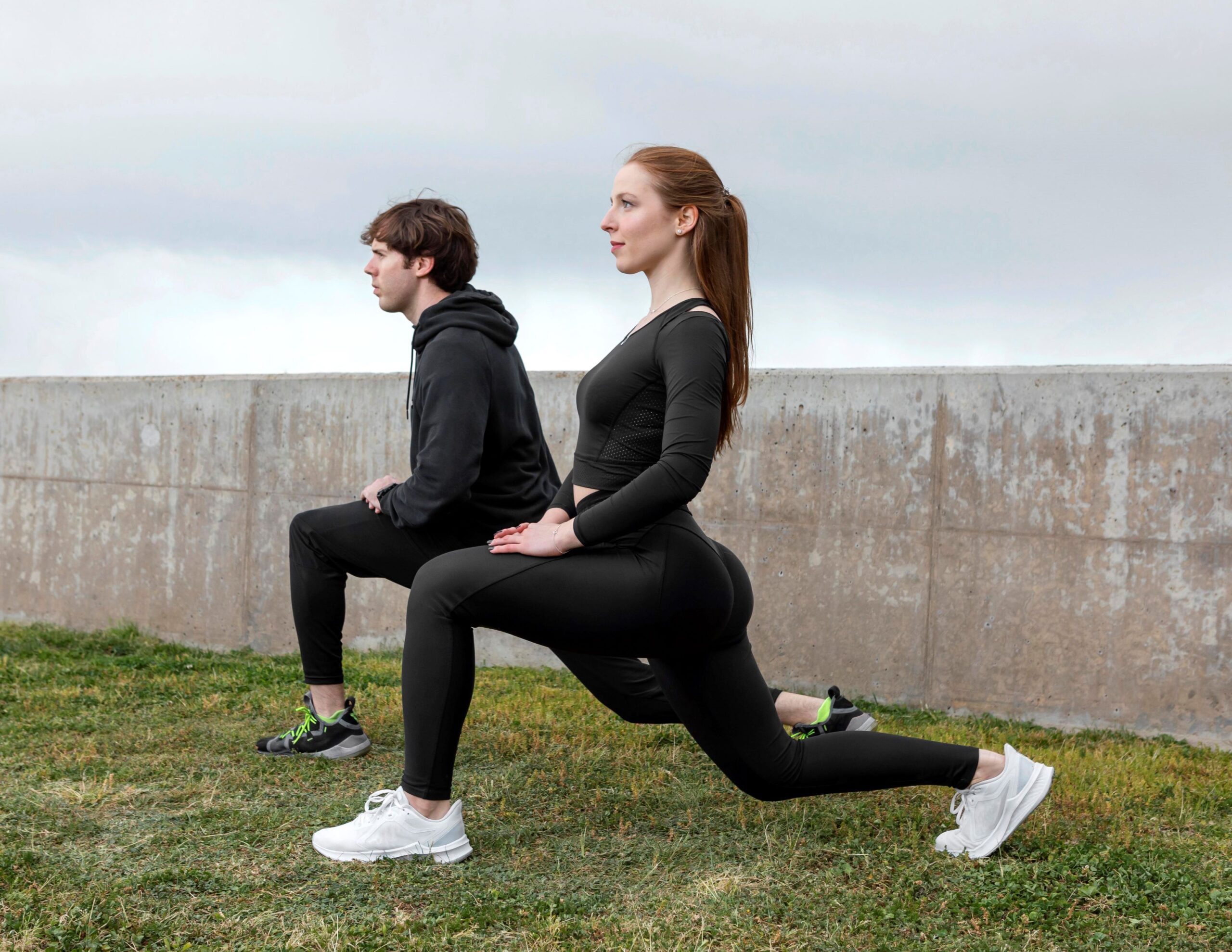
Body Weight Exercises
- Squats: Stand with feet shoulder-width apart, lower your hips back and down, then return to standing. Keep your knees behind your toes.
- Lunges: Step forward with one leg, lowering your hips until both knees are bent at about 90 degrees. Push back to the starting position and switch legs.
- Single-Leg Deadlifts: Stand on one leg, hinge at the hips, and lower your torso while extending the other leg behind you. Return to standing.
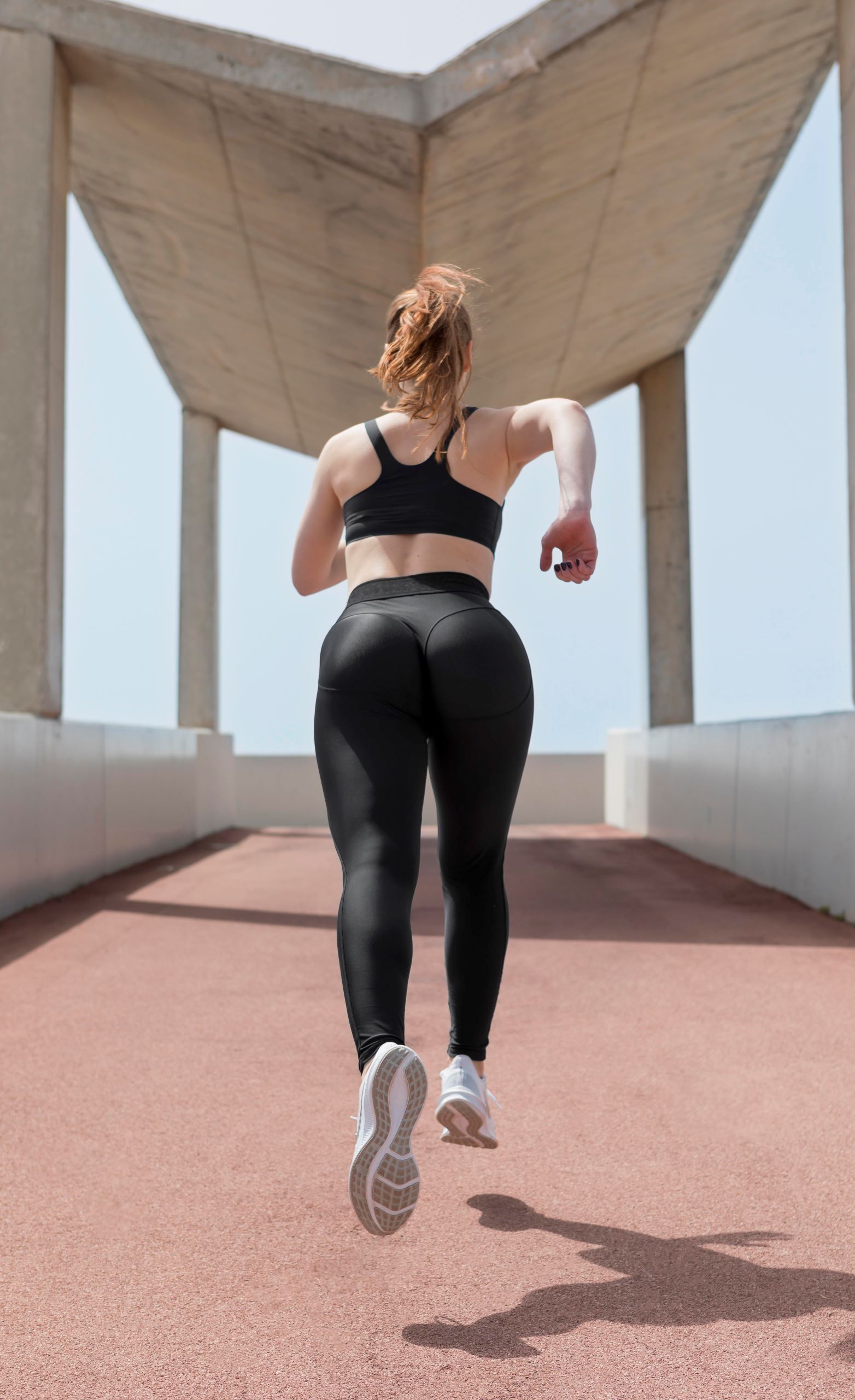
Outdoor Activities
- Hiking: Great for building leg strength and stability, especially on uneven terrain.
- Trail Running: Engages stabilizing muscles in the knees and ankles.
- Cycling: Low-impact exercise that strengthens the quadriceps, hamstrings, and calves.
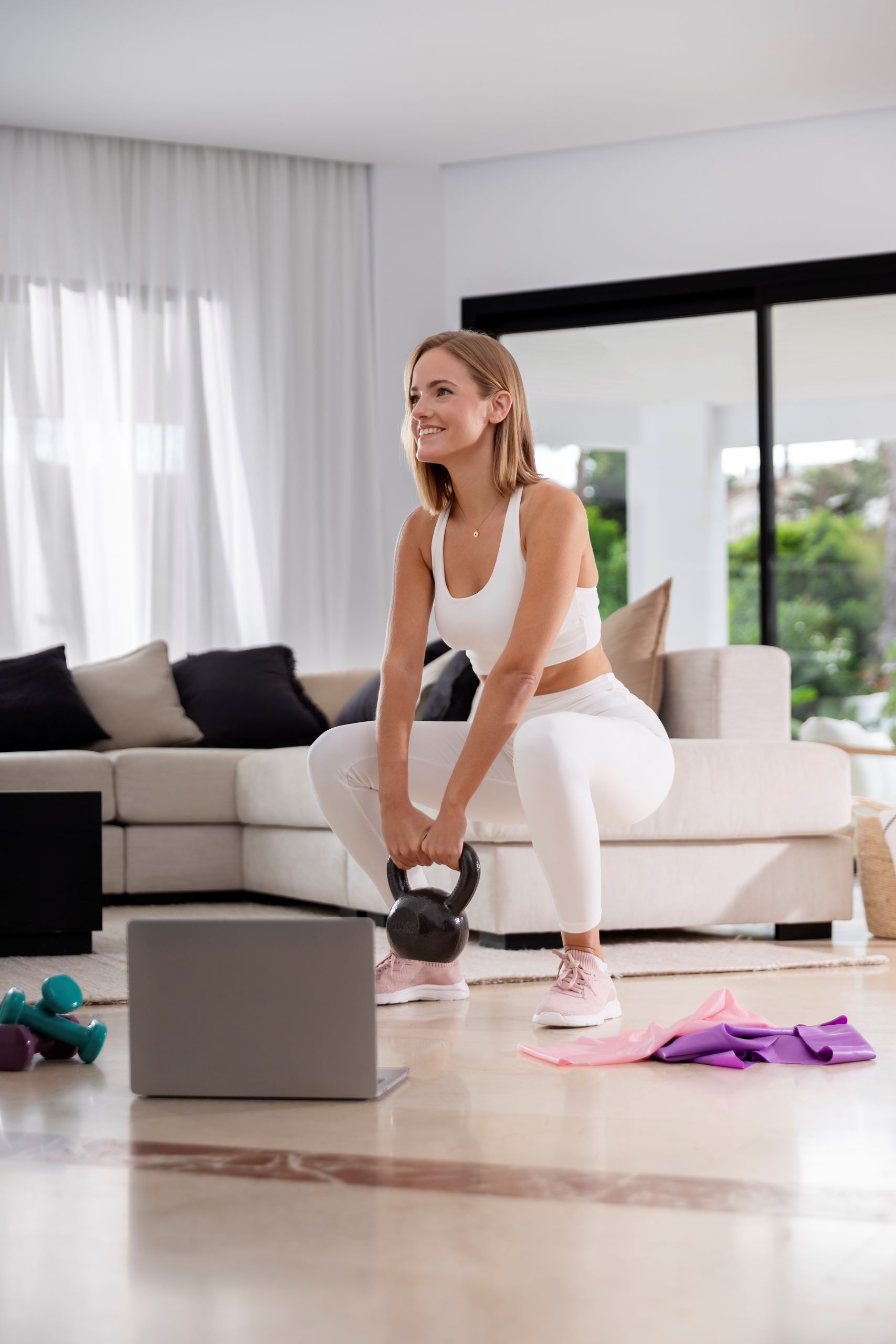
At-Home Utilities
- Stair Climbing: Use stairs for step-ups or simply climb them repeatedly to build strength.
- Chair Squats: Use a chair to guide your squats, ensuring proper form and depth.
- Towel Slides: Place a towel under one foot and slide it out to the side while keeping the other leg stable.
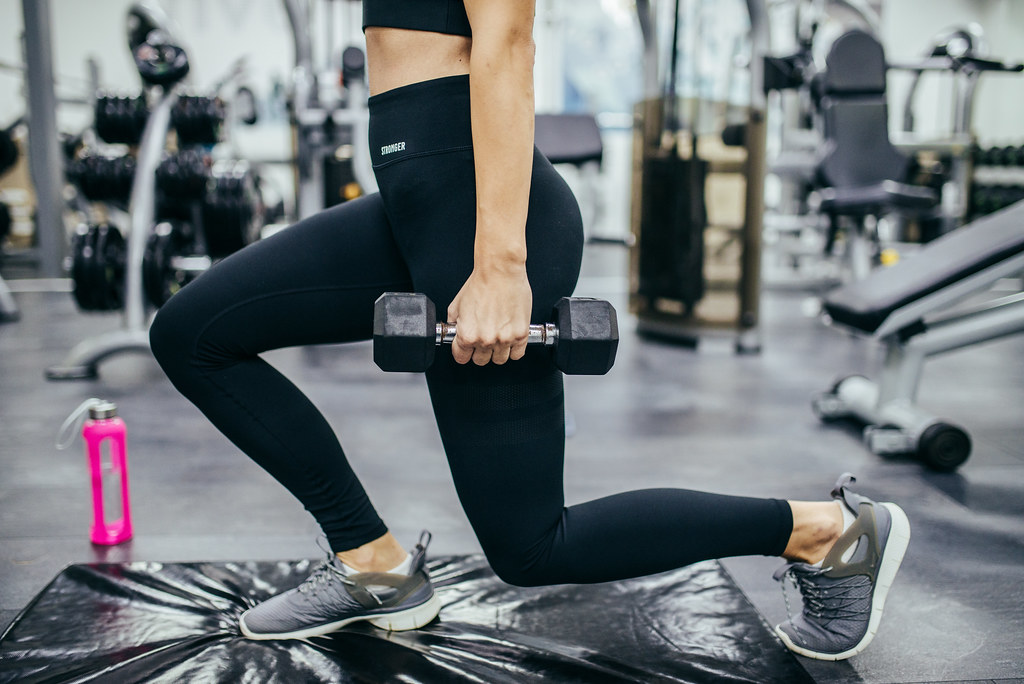
Dumbbells
- Goblet Squats: Hold a dumbbell close to your chest and perform squats.
- Weighted Lunges: Hold a dumbbell in each hand while performing lunges.
- Step-Ups: Step onto a sturdy surface with a dumbbell in each hand, then step down.
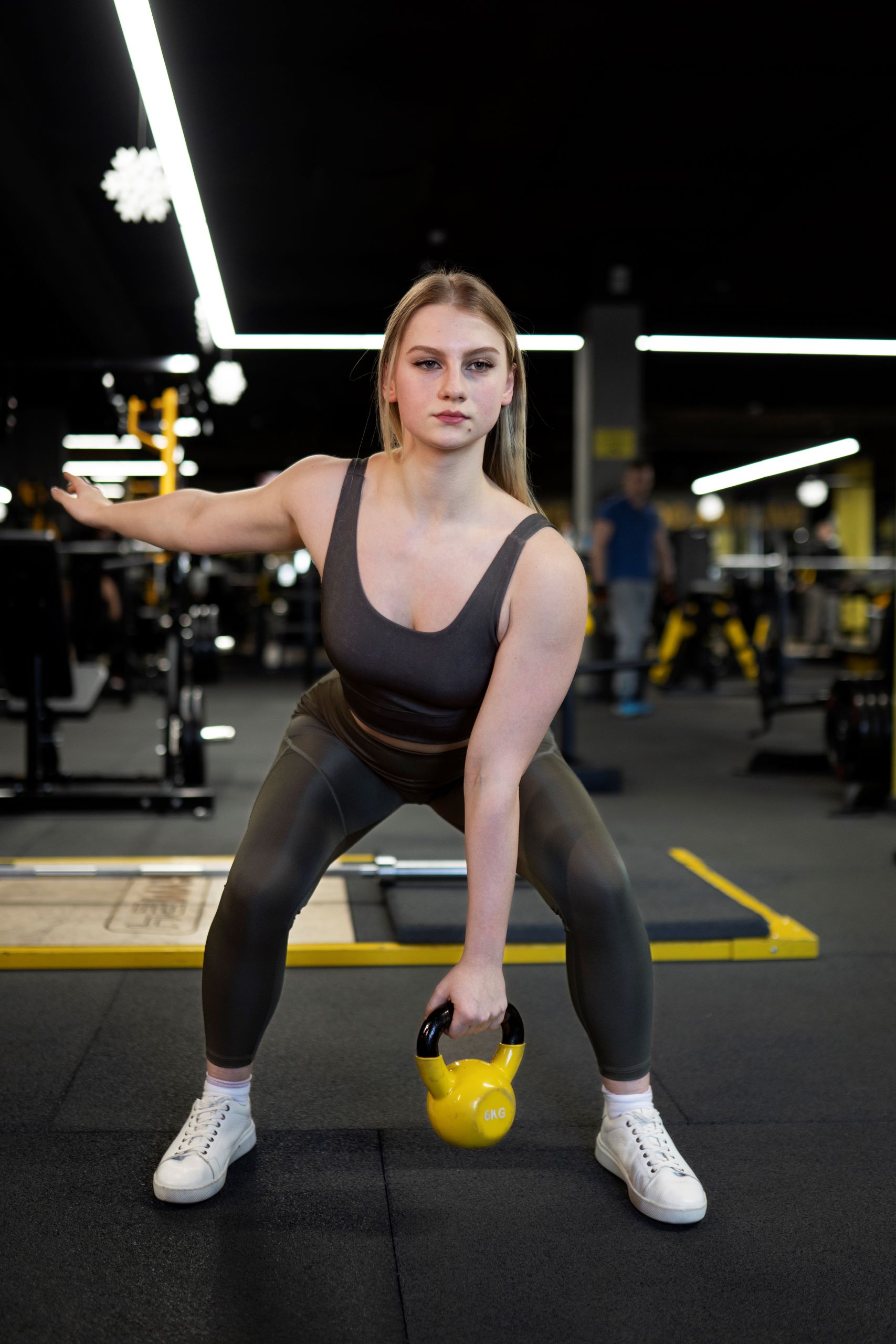
Kettlebells
- Kettlebell Swings: Engage your hips and core to swing the kettlebell forward and up.
- Goblet Squats: Similar to dumbbell goblet squats but using a kettlebell.
- Single-Leg Deadlifts: Hold a kettlebell in one hand while performing single-leg deadlifts.

Resistance Bands
- Lateral Band Walks: Place a resistance band around your thighs and step side-to-side.
- Band Squats: To add extra resistance, perform squats with a resistance band around your thighs.
- Leg Presses: Anchor a resistance band and press your foot against it, mimicking a leg press motion.
Video Links for Guidance
- Bodyweight Knee Strengthening Exercises
- Outdoor Activities: Trail Running Tips for Beginners
- At-Home Utilities: Stair Climbing Workout
- Dumbbells: Dumbbell Leg Workout
- Kettlebells: Kettlebell Leg Exercises
- Resistance Bands: Resistance Band Leg Workout
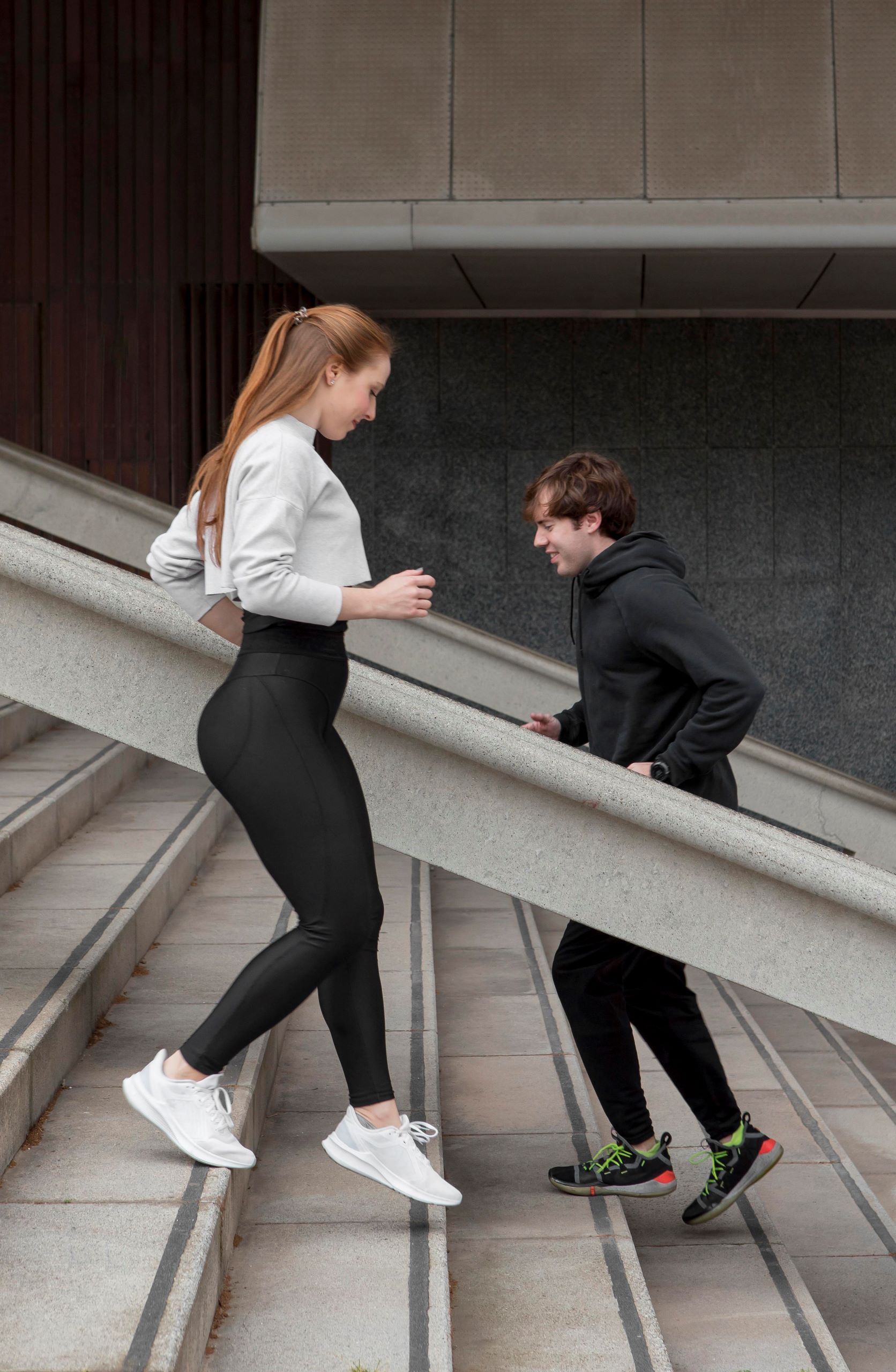
Conclusion
Recovering from an ACL injury requires dedication and adherence to a structured rehabilitation program. Following these phases and incorporating the recommended exercises, you can recover and return to your favorite activities. Always consult your physical therapist and physician to tailor the program to your needs.
References
- Rehabilitation Protocol for Anterior Cruciate Ligament (ACL) Reconstruction
- Guide to ACL Reconstruction Rehabilitation – MATTHEW T.BOES, M.D.
- Hydrotherapy in ACL Rehabilitation – Physiopedia
- 12 Exercises for ACL (Anterior Cruciate Ligament) Rehab – Verywell Health
Endless Summer Fitness aims to help inform others on their recovery journey.
Before beginning any fitness program, you must check with your doctor to reduce and avoid injury. By performing any fitness exercises, you are performing them at your own risk. endlesssummerfitness.com will not be responsible or liable for any injury or harm you sustain due to our fitness program, online fitness videos, or information shared on our website. This includes emails, videos, and text.
Bing Copilot, AI software, GPT-4, partially generated this article. Endless Summer Fitness will continue experimenting with similar software; however, our author will create most articles and fitness programs.

